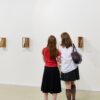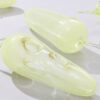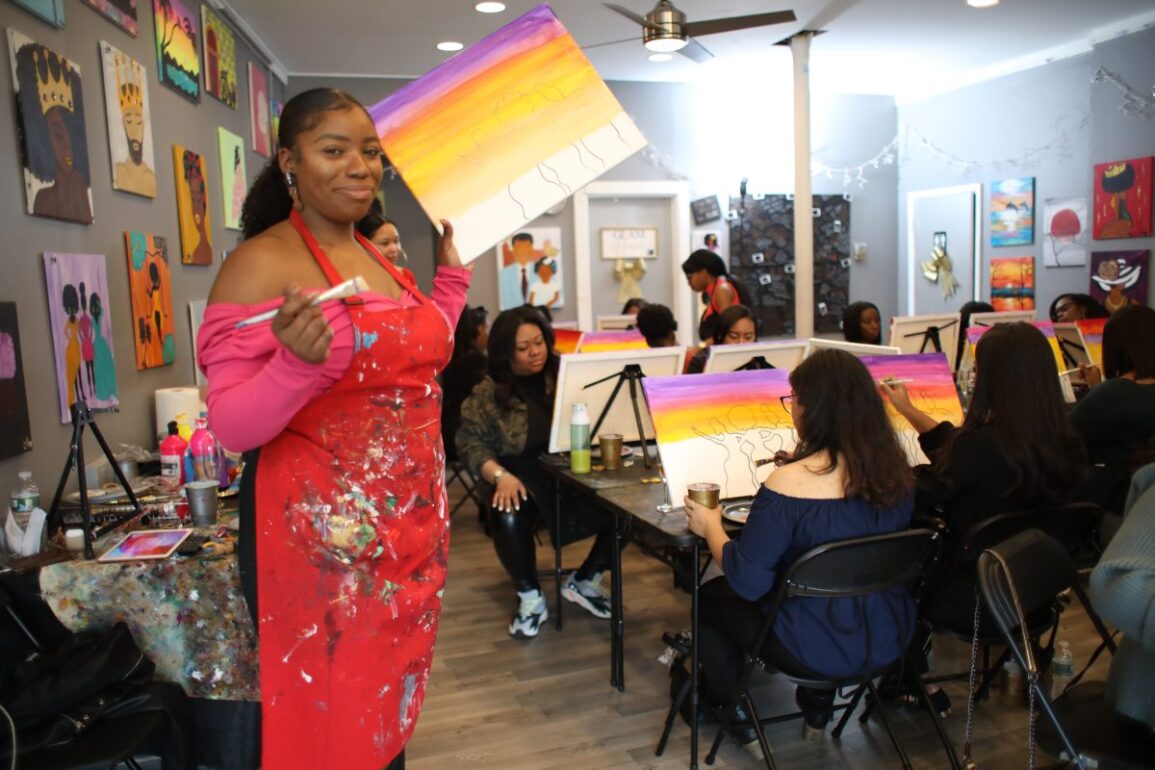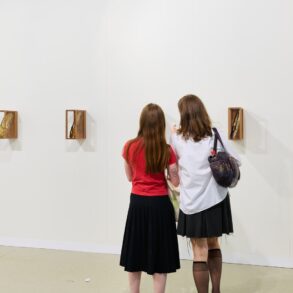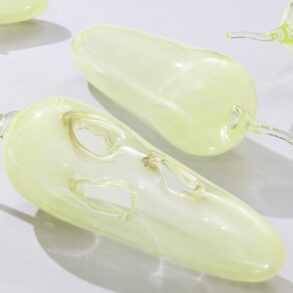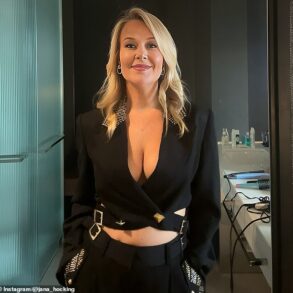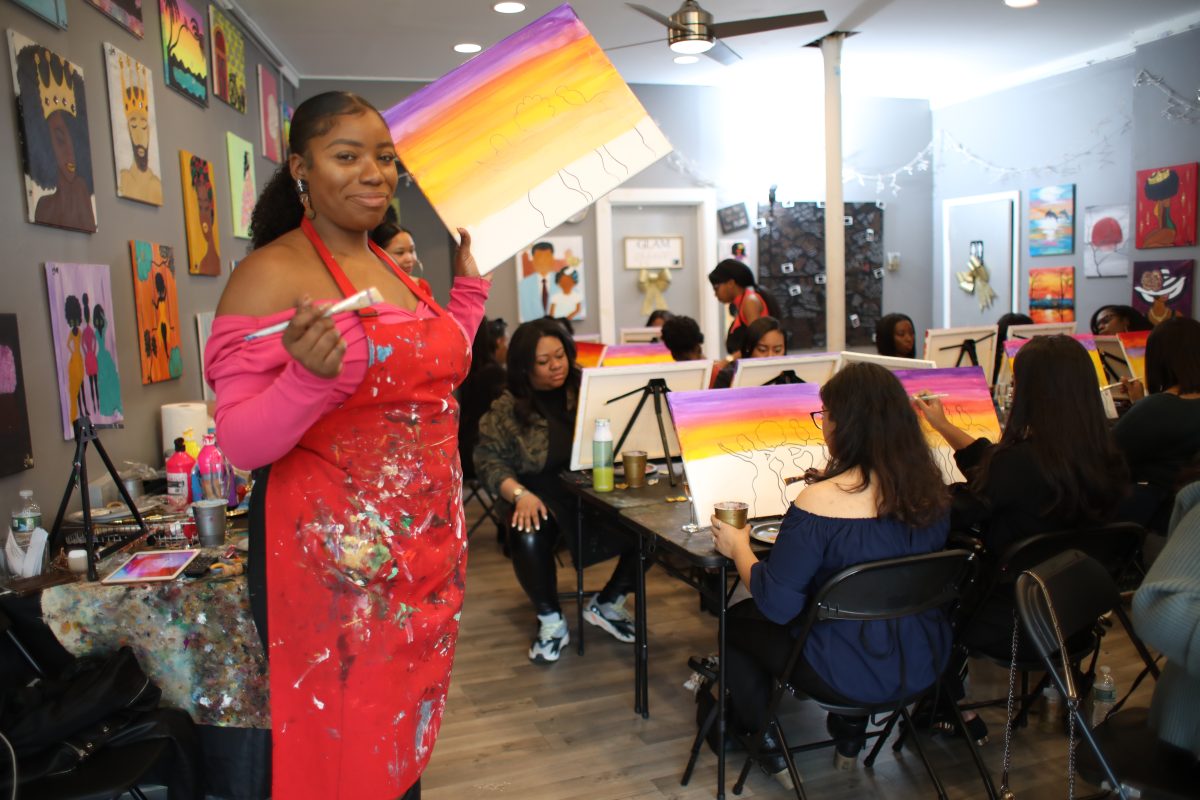
Melissa Baez is an artist and domestic violence survivor. The abuse she endured for six years was so devastating that the attempt to leave resulted in her abuser threatening “to end my life,” she says. Thanks to support from her family and the law, Baez eventually escaped the situation and in 2020 started therapy. It was during this time that she came up with an idea that might bring healing to other women who’ve been in similar situations — and it involved the power of art.
“Once I finished with therapy, which was about two years, I felt like I was ready to launch and make my dreams become a reality,” says Baez, 32, a former elementary and middle school art teacher who is originally from the Dominican Republic.
In December 2023, Baez took $7,000 in savings and launched Colors in the Dark, a painting studio located in Brooklyn, New York’s artsy Dumbo Park neighborhood that offers painting classes for women of all ages. The concept behind the name stems from the idea that a person has colors and brightness within them, but they sometimes fall into a dark place, she says. Art can help them shine through again.
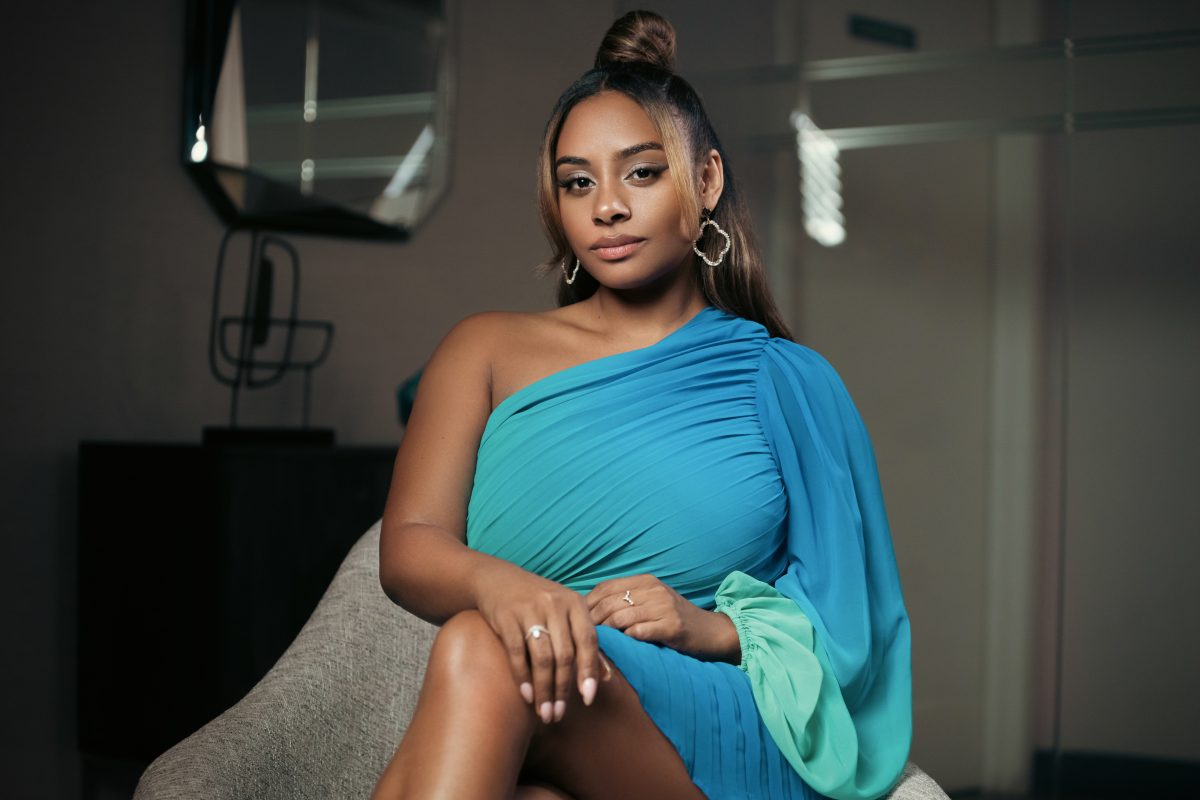
Keeping an internal bright light on may seem difficult for women in the U.S. as they face challenges ranging from pay-gaps to policies restricting their reproductive rights. The impacts of this can cause high levels of stress, which is more common in women than it is in men, according to the American Physiological Association.
But studies show that art can be a powerful tool in the healing process. Almost half of Americans use creative activities to help relieve anxiety and stress, and studies show that people who do these activities have a lower risk of developing cognitive issues like memory loss. The Story Exchange interviewed Baez and two other women using their passion for art to help others thrive during difficult times.
Helping Relieve Stress, Depression and Everything in Between
Amy Simon, an educator and artist living in Queens, New York, opened Allure Studio in April 2019, a few months before her 69-year-old father unexpectedly died. Then two years later, her older sister, who was “like a second mother to me,” died from cancer, she says. Dealing with depression and grief following the losses, she took the time to ask herself what made her happy. The answer: painting, and teaching others how to paint.
On the day her father was cremated, for instance, Simon decided to paint a childhood photo of herself as a little girl sitting on his lap at church. While healing is a “constant journey,” painting felt like a remedy. “It does help and it does heal,” she says.

In her studio, which cost $20,000 to launch, Simon and her six staff help run three painting events each week that are often attended by millennial women. Much of the art in her studio focuses on Black culture, something she rarely saw when attending events at other painting studios. Like Baez, Simon had inner light in mind when she named her business.
“Your creative light is really your ‘allure’…that brings people into you,” says Simon, 37, who previously created a community art program for children and had an art exhibit focusing on Black men. “Painting, and more specifically just art, is really a powerful tool for our mind, our body, our soul, our spirit to impact other people.”

For Baez, many of the customers who come through Colors in the Dark studio are Black and Latina women dealing with domestic violence, she says. There is also a “sense of overwhelm” among women, especially those coming from immigrant families, due to their fear over President Donald Trump’s reelection and how it can impact their lives.
Women “feel like they can’t really speak up [about domestic violence] because of their immigration status,” Baez says. “In our space, I try my best to encourage them to speak up,” by finding outlets where they can express themselves, she adds.
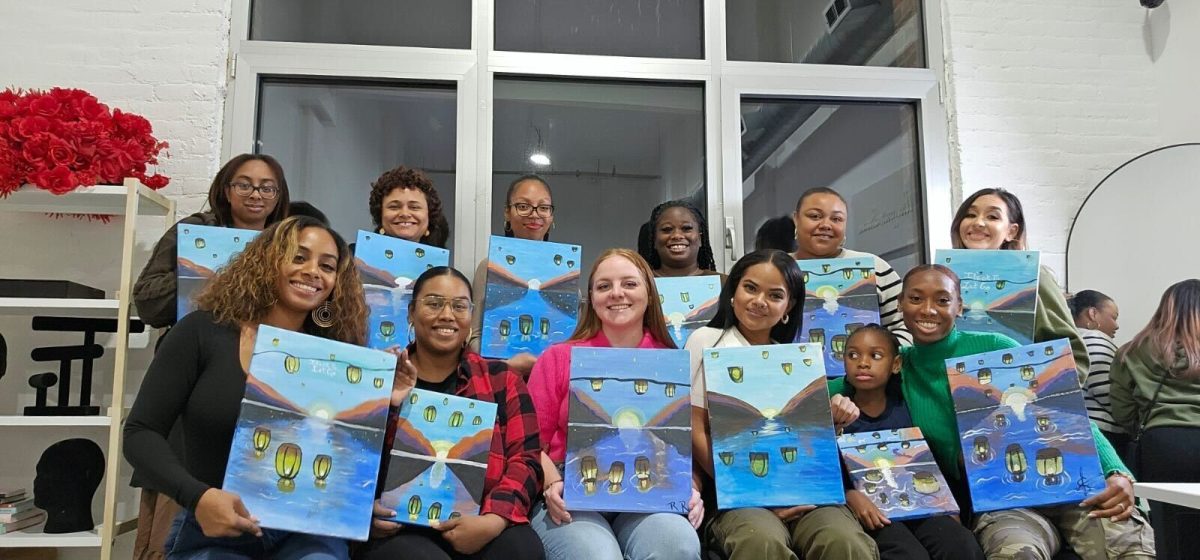
In Roslyn, New York, Deborah Adler of Creative Arts Therapy has been working with clients who are dealing with grief, depression and other emotional challenges. Over the course of her 30-year career as an art therapist, Adler, 55, estimates she has worked with at least 600 women, typically using clay, drawing and other forms of creative expression. One client saw her consistently for nine years following the loss of her mother. Another longtime client, an elderly woman who had a stroke, came to Adler for art therapy until her death.
“I gave her that dignity of what was her identity and gave her an avenue to express the memories of her life,” Adler says about the woman, who was an artist.
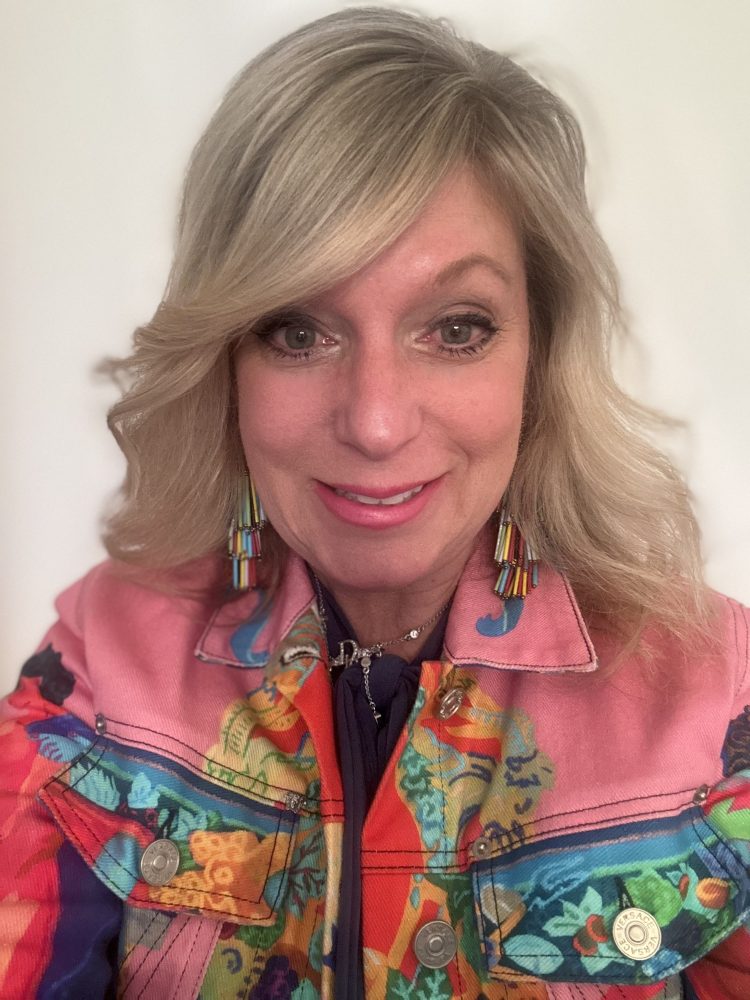
When working with her clients, Adler believes painting is the most healing. She also meets with women once a month outside her practice at the local library and a local residence facility, where many of the women are dealing with challenges related to the pandemic and isolation that has persisted over the past few years. Helping women is deeply meaningful, Adler says.
“We do so much in the world and we’re such givers,” says Adler, who holds a bachelor’s degree in psychology and master’s degree in creative art therapy. “But…we take a lot of heat on things [and] we don’t get the credit. I love to give back and heal and…to make everybody feel as special and empowered and creative they can be.”
The Healing Journey Continues
While Simon is still grieving the loss of her sister, she has great plans for the future, including becoming an educational consultant for teachers and teaching art classes in the Caribbean, with the hopes of launching a studio there.
“We’re all placed with a seed,” says Simon, who is West Indian. “Part of my legacy is helping people to unlock their seed and to help their seed grow.”

Before becoming a victim of domestic violence, Baez says she was much more outgoing and helpful. But once she fell into the situation, she felt like those traits were taken away from her.
“I wanted to find something that was going to help bring my fire back — [painting and helping women] helped me take my power back,” Baez says. She also hopes to expand her staff, and finally finish her bachelor’s degree in psychology.
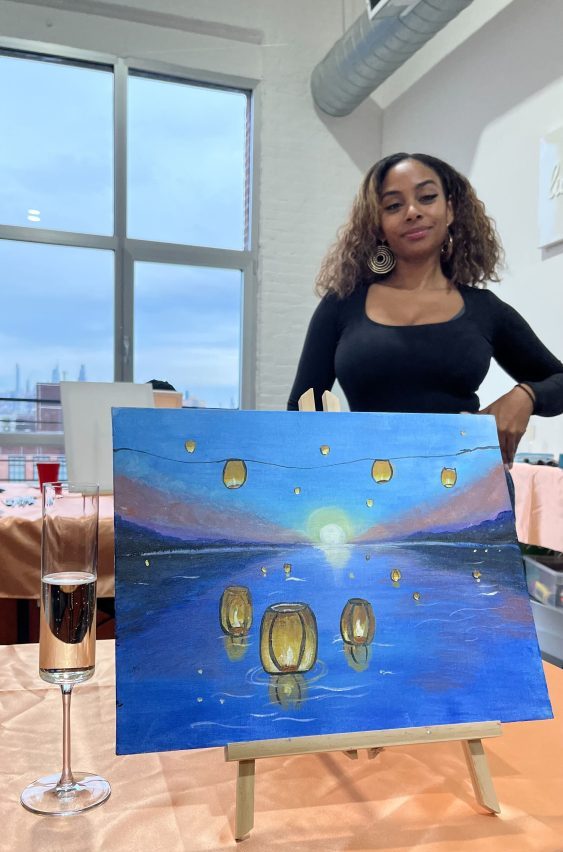
When women express how thankful they are to have a safe space like hers, she feels a sense of real reward.
“Some of them knew how to paint, and some of them didn’t — but now they feel like they found a new outlet to be able to express their emotions,” Baez says. “I think overall, it’s mainly the sense of belonging, the sense of community, and also the sense that they feel like they are being heard and that there could be a change.”
This post was originally published on this site be sure to check out more of their content

